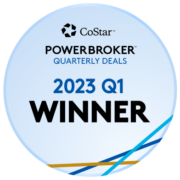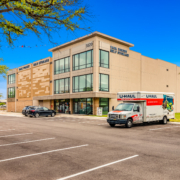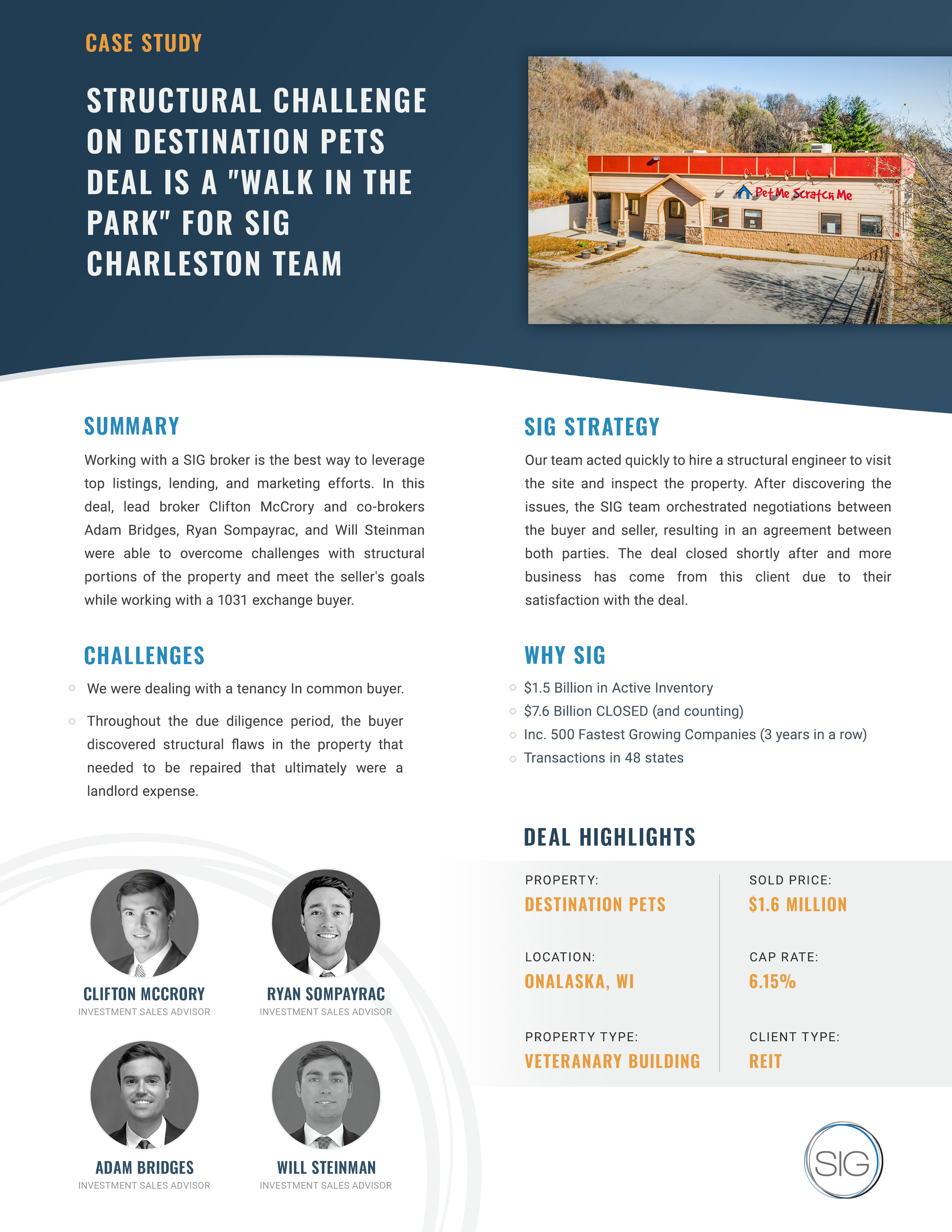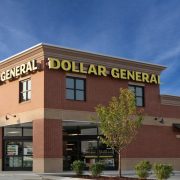CRE & Technology: The Impact is Not What You Expected
There is no doubt that digital technology is having a very real impact on the CRE industry but this might be in ways that surprise you. This advancement is creating opportunities and value in new areas for investors and brokers.
Ways Technology is Changing CRE
The impact of technology on real estate is ever changing and in many cases, there are new property types that are created by this evolution. If you look back to the early 1980s, property types like data centers, electric vehicle charging stations, and the smart factories did not exist. We did though have a lot of Blockbuster video stores, Barnes & Nobles bookstores, and RadioShacks covering the map. Human needs change based on what is available and prevalent today and you can’t overlook the real estate component of these changes.
Another example is the rising demand for last-mile logistics and the impact this is having on the industrial sector. The last-mile delivery market is set to grow by 15% through 2027, adding $62.7 billion in value between 2023 and 2027 according to Research and Markets. This growth is taking place along transport hubs and links, and is following the migration of people to secondary and tertiary markets, and even into rural areas. We think there are some great new opportunities in unexpected markets for investors seeking that diamond in the rough property to add to their portfolios. And for sellers in secondary and tertiary markets, there is the chance to reach a new base of buyers, alert to the value to be found off the beaten track.
A third example comes from the restaurant sector. Consider how quick-serve restaurants (QSR) have changed between 2020 and today. During the pandemic, successful QSR brands adopted third-party delivery app services to reach their customers in a low-touch way. There was also an increase in virtual kitchens – restaurants that only exist to service deliveries and takeaways, and do not cater for seated customers. As the pandemic ended, QSRs started rethinking their digital channels to avoid the high third-party costs, but to continue to offer their customers convenience. New developments included drive-thrus and online ordering kiosks on their premises. Each technological evolution impacts the property layout, and ultimately the brand’s ability to expand and grow. Savvy brands with the flexibility and agility to accommodate these changes have gone from strength to strength and grown their footprint, seeking to acquire new, similar premises from property investors.
It Starts With Data
To advise our investors on trends like these – and any trends and opportunities in CRE – we need access to data, and the ability to quickly transform that data into something meaningful for our clients. Whether you are a buyer or a seller, you need this information fast. This allows you to make the most appropriate decision at that time – whether that is to buy, sell, or hold.
Today, conversations around digital transformation involve concepts such as big data, predictive analytics, artificial intelligence (AI), and machine learning (ML). But we believe this is only part of the picture, and that today CRE companies should already be using available tools to work better, faster, and be more helpful to their clients. For us, this means collaboration, and the speedy and clear communication of accurate, well-informed insights so that our clients can make the right decisions. This is followed up with the ability to execute decisions quickly and effectively to make the most of the opportunity in days, rather than weeks or months.
The reality is that AI and ML-powered tools are already here. At SIG, we use these tools for everything from capturing call notes and action items to extracting lease data, creating proposals, summarizing legal documents and reporting on complex financials.
Today, anyone has access to the ability to analyze data without being a software engineer. All it takes is a willingness to learn, and an environment and culture conducive to innovation. Companies that have a digital-first approach certainly have an advantage here. In our case, we started SIG as a national triple net lease brokerage firm and because of that it was vital that we could reach investors across the country to find the best deal for our clients and the only way to do that was to be a digital-first company.
Introducing the Robo-Broker?
As much as we are fans of using technology to do things better and faster, we don’t see the robo-broker as the next evolution. It is unlikely that a robot will ever outperform a human broker that is powered by technology. A human’s ability to connect, build relationships and understand nuances is needed to complement and mediate the data delivered by technology to arrive at and execute on the best deal.
“We can all gain efficiency, effectiveness and accuracy by using technology,” says Ryan Passe, SIG Chief Operating Officer. “Overlaying this with people who understand what they are looking at, can harness the information, and do something with it is where value is created. People can understand the human impact, and build the deep, lasting relationships required to navigate the unexpected and work through tough issues. If you pair this with the technological innovations of the world we live in, this is a great recipe for success for our brokers, our clients and our company.”
Contact SIG today to make your investment goals a reality.






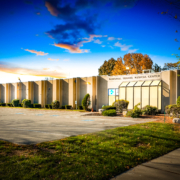

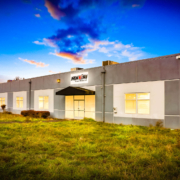
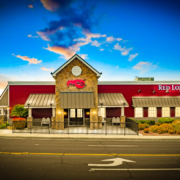
 “Restaurant operators face numerous challenges and are asked to wear too many hats when expanding or opening new locations. The economic factors of interest rates, labor, and the supply chain exert pressure on prime costs, demanding meticulous management. Moreover, operators must swiftly adapt to changing consumer trends, advancements in real estate, and evolving technologies, often requiring substantial capital investments”. – Rahill Lakhani
“Restaurant operators face numerous challenges and are asked to wear too many hats when expanding or opening new locations. The economic factors of interest rates, labor, and the supply chain exert pressure on prime costs, demanding meticulous management. Moreover, operators must swiftly adapt to changing consumer trends, advancements in real estate, and evolving technologies, often requiring substantial capital investments”. – Rahill Lakhani